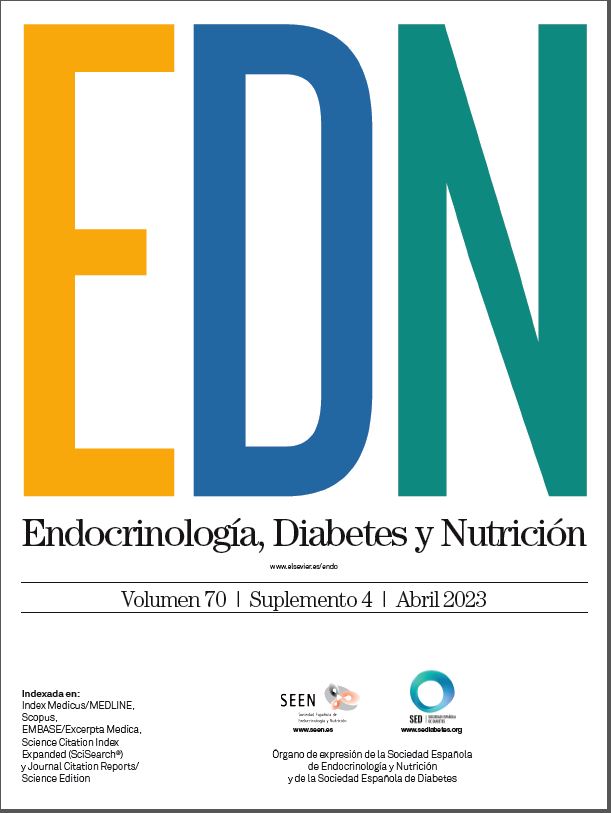P-006 - GDF15 ACTIVATES AMPK AND INHIBITS GLUCONEOGENESIS AND FIBROSIS BY ATTENUATING THE SMAD3 PATHWAY
aDepartamento de FarmacologÍa, ToxicologÍa y QuÍmica TerapÉutica, Facultad de Farmacia y Ciencias de la AlimentaciÓn e instituto de Biomedicina de la Universidad de Barcelona (IBUB), Universidad de Barcelona, Barcelona, Spain.bCentro de InvestigaciÓn BiomÉdica en Diabetes y Enfermedades MetabÓlicas asociadas (CIBERDEM)-Instituto de Salud Carlos III, Madrid, Spain. cInstituto de InvestigaciÓn PediÁtrica-Hospital Sant Joan de DÉu, Esplugues de Llobregat, Spain. dInstituto de Investigaciones BiomÉdicas Alberto Sols (CSIC/UAM), Madrid, Spain. eCentro de GenÓmica Integrativa, Universidad de Lausana, Lausana, Switzerland. fFacultad de Medicina Lee Kong Chian, Universidad TecnolÓgica de Nanyang, Singapur, Singapore. goxAlim (Centro de InvestigaciÓn en ToxicologÍa Alimentaria), Tolouse, France.
Introduction: The metabolic sensor AMP-activated protein kinase (AMPK) has been reported to be reduced via unknown mechanisms in the liver of mice deficient in growth differentiation factor 15 (GDF15). This is a stress response cytokine that regulates energy metabolism mainly by reducing food intake through its central receptor GFRAL.
Objectives: We examined how GDF15 regulates AMPK.
Materials and methods: By using wild-type and Gdf15-/- mice, the human hepatic cell line Huh-7, and primary mouse hepatocytes.
Results: Gdf15-/- mice exhibited glucose intolerance and reduced hepatic phospho-AMPK levels that were accompanied by an increase in the phosphorylated levels of the mediator of the fibrotic response mothers against decapentaplegic homolog 3 (SMAD3), together with increased gluconeogenesis and fibrosis. Recombinant (r)GDF15 increased AMPK activation and reduced phospho-SMAD3 and the levels of markers of gluconeogenesis and fibrosis in mouse primary culture of hepatocytes, indicating that these effects were independent of GFRAL. Pharmacological inhibition of SMAD3 phosphorylation in Gdf15-/- mice prevented glucose intolerance, the deactivation of AMPK and the increase in the levels of proteins involved in gluconeogenesis and fibrosis, suggesting that SMAD3 overactivation was responsible for the metabolic alterations in these mice.
Conclusions: Overall, these findings indicate that GDF15 activates AMPK and inhibits gluconeogenesis and fibrosis by attenuating the SMAD3 pathway.







